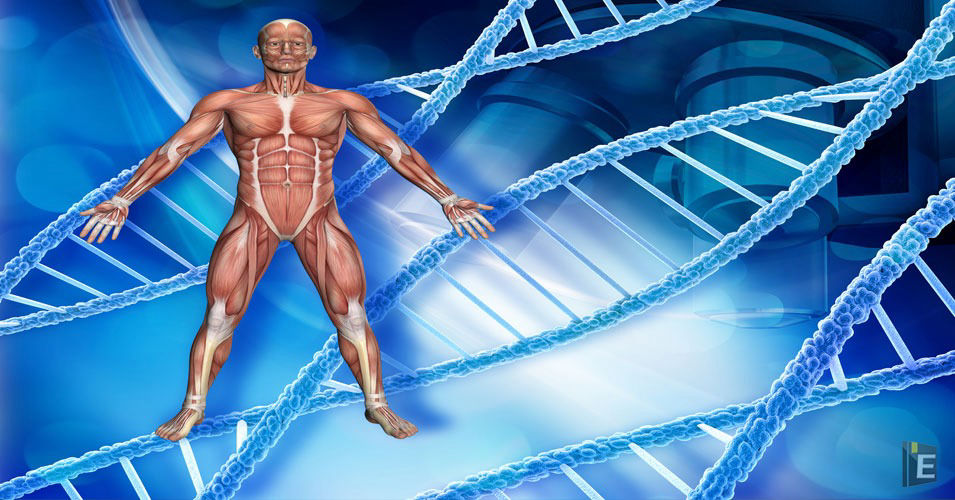Top 100 Biology GK Questions

Biology is one of the three huge branches of science, within which the emergence, history, physical properties, process, cell, habit, etc. of plants and animals are studied. Together with this, 3 to 4 questions associated with biology are asked in various competitive examinations moreover, so it's necessary for all students to grasp Biology GK.
Biology GK Questions
Here, I’m providing the Top 100 Biology GK Questions and Biology GK Questions and Answers for those learners who are preparing for competitive exams. during this post, I’ve got updated the foremost important questions, answers around the General Science and Daily GK with the most recent Biology GK questions on many topics covered.
I have prepared the Top 100 Biology GK Questions and Biology GK knowledge Questions and Answers to extend your General Science level still as increase your confidence level for competitive exams.
Also, Read Latest Current Affairs Questions 2023: Current Affairs Today
"Put your knowledge to the test and excel with our General Knowledge Mock Test and Current Affairs Mock Test!"
Biology Questions
Q :
How many times does the heart of an adult person beat in 1 minute?
(A) 50 times
(B) 60 to 100 beats per minute
(C) 90 times
(D) 120 times
Correct Answer : B
Explanation :
A normal resting heart rate should be between 60 to 100 beats per minute, but it can vary from minute to minute. Your age and general health can also affect your pulse rate, so it's important to remember that a 'normal' pulse can vary from person to person.
The color of a cut apple turns brown after some time because it reacts with air to form-
(A) Iron Oxide
(B) Potassium oxide
(C) Aluminum oxide
(D) Sodium oxide
Correct Answer : A
Explanation :
Apple contains an enzyme known as polyphenol oxidase (PPO). This enzyme when comes in contact with oxygen molecules oxidized polyphenols into o-quinones. These o-quinones thus form reacts with the neighboring amino acids to produce melanins.
Myxodema occurs in the human body due to the malfunction of which of the following?
(A) adrenal gland
(B) pancreatic gland
(C) liver
(D) thyroid gland
Correct Answer : D
Explanation :
Myxedema is the result of having undiagnosed or untreated severe hypothyroidism. The term “myxedema” can mean severely advanced hypothyroidism. But it's also used to describe skin changes in someone with severely advanced hypothyroidism.
Mitochondria is not found in which of the following cells present in the human body ?
(A) red blood cell
(B) liver cells
(C) muscle cell
(D) white blood cell
Correct Answer : A
Explanation :
As the only cell which does not contain or have the mitochondria is the red blood cell. Red blood cell does not contain organelles like nucleus and mitochondria.
The amount of light entering the eye can be controlled and regulated by
(A) pupil
(B) Iris
(C) retina
(D) cornea
Correct Answer : A
Explanation :
Iris regulates the amount of light entering the eye by adjusting its size. Iris is a thin membrane, which controls pupil which in turn regulates the amount of light entering the eye.
When the gamete cells of two individuals combine during sexual reproduction, they form
(A) Fetus
(B) Endosperm
(C) Zygote
(D) Egg
Correct Answer : C
Explanation :
During sexual reproduction, two haploid gametes combine into one diploid cell known as a zygote in a process called fertilization. The nuclei from the gametes fuse, and each gamete contributes half of the genetic material of the zygote.
The development of the child inside the mother's body (in the case of humans) takes about a month.
(A) 10
(B) 9
(C) 7
(D) 8
Correct Answer : B
Explanation :
The development of the child inside the mother's body takes approximately eleven months.
Which one of the following is a specific type of milk that is produced in a lactating mother and is essential for the development of an immune response in a human newborn?
(A) Transitional Milk
(B) Skimmed Milk
(C) Neonatal (Colostrum)
(D) Milk produced in breast one month after the birth of the baby
Correct Answer : C
Explanation :
Colostrum is the first form of breastmilk that is released by the mammary glands after giving birth. It's nutrient-dense and high in antibodies and antioxidants to build a newborn baby's immune system. It changes to breast milk within two to four days after your baby is born.
Which of the following is not a part of the female reproductive system?
(A) Vagina
(B) Vas Deferens
(C) Uterus
(D) Ovaries
Correct Answer : B
Explanation :
Vas deferens is not a part of the female reproductive system as it is the duct that is meant to carry sperms. It belongs to the male reproductive system. Ovary, Uterus, Fallopian tubes are the parts of the female reproductive system in human beings.
The upper part of the respiratory tract is provided with small hair-like structures called ______.
(A) bronchi
(B) cilia
(C) villi
(D) alveoli
Correct Answer : B
Explanation :
Hairlike structures called cilia line the mucous membrane and move the particles trapped in the mucus out of the nose. Inhaled air is moistened, warmed, and cleansed by the tissue that lines the nasal cavity.



